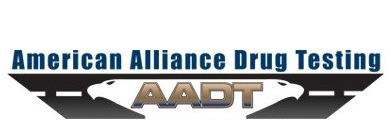What’s the Difference Between Type 1 vs. Type 2 eCCF-approved Labs?
Note: eCCF refers to “electronic Chain of Custody Forms”
With the recent HHS approval of various labs to implement an eCCF system for regulatory testing, there have been questions about what are Type 1 and Type 2 eCCFs. Below is a brief explanation:
Type 1: the collector uses an electronic CCF to document the collection process and then prints the CCF (Copies 1-5) without signatures. The collector, the donor, and the test facility personnel (e.g., accessioner, certifying technician, certifying scientist) sign the CCF using wet signatures. The electronic form is not signed.
Type 2: the collector uses an electronic CCF to document the collection process, the collector and donor sign using electronic signatures (the donor uses a digitized signature), and the collector prints Copy 1 with his/her electronic signature. This Copy 1 is the authoritative copy sent to the test facility with the specimen. The test facility personnel (e.g., accessioner, certifying technician, certifying scientist) sign the CCF using wet signatures.
Background:
HHS originally defined an electronic/paper Federal eCCF system in the HHS/NLCP Oversight and Requirements document on the SAMHSA website.
Subsequently, to enable the use of eCCF systems currently in place for non-regulated specimens (that were proposed for use with regulated specimens), HHS revised definitions to allow the 2 types of electronic/paper combination systems described above. See the June 23, 2015 National Laboratory Certification Program (NLCP) Notice. These 2 system types and requirements for their use are also defined in the NLCP Manual and addressed in other NLCP guidance (e.g., CCF Decision Trees).



